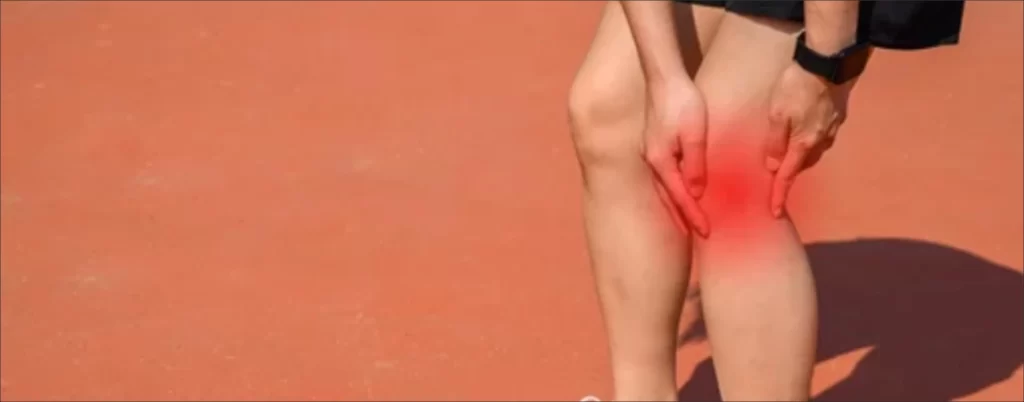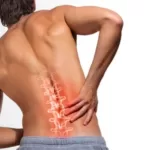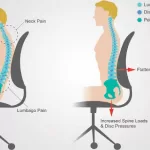IT BAND SYNDROME
What is the IT band?
The Iliotibial (IT) band is a thick band of fascia that runs along the lateral or outside of the knee, extending from the outside of the pelvis, over the hip and inserting just below the knee. Its major role is to stabilize the knee by moving from behind the thighbone (femur) to the front of thighbone during activities such as walking or running. IT band syndrome (ITBS) is an overuse injury of tissues of the outer thigh and the knee. It occurs when the distal portion of the IT band rubs against the lateral thigh bone and is one of the leading causes of lateral knee
WHAT ARE THE SYMPTOMS?
· Tightness of the affected muscles
· Gradual onset of burning or pain at the lateral part of the knee during activity
· Radiation of pain to the outside of the thigh
· Aggravation of pain during repetitive activities (e.g. running or cycling)
· Swelling of area where the band moves over the thigh bone
WHAT ARE THE TREATMENT OPTIONS?
· PRICE (Rest, Ice, Compression & Elevation)
· Over-the-counter anti-inflammatories for pain management during the acute phase
· Exercise programming that focuses on identifying and treating the underlying causes of the IT band syndrome such as muscle imbalances or tightness in certain areas
· Self-Myofascial Relief through foam rolling
What are risk factors for developing ITBS?
Risk factors include overtraining, improper footwear, muscle imbalances including weak hip muscles, leg-length discrepancy or high or low arches of the foot. Inadequate warm-up or cool-down or a lack of proper mobility are also contributing factors.
It is important to include an exercise protocol that focuses on regaining strength and flexibility. Soft tissue work using a foam roller can be helpful to restore muscular imbalances in the area and is most effective when executed before the stretching routine.
As for all exercise protocols it is important to conduct the exercises on a regular basis for a minimum of 6 weeks. For runners or other endurance athletes they could be included in a dynamic warm-up or cool-down phase.
Discuss these options with your health care professional to determine which would be the best treatment approach for you.












